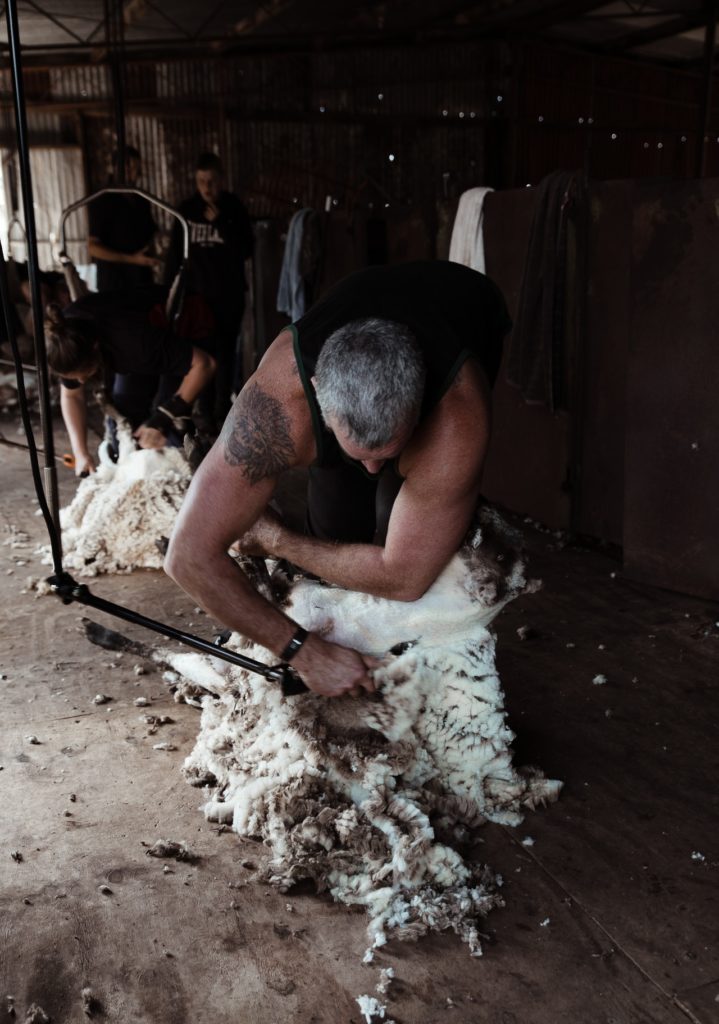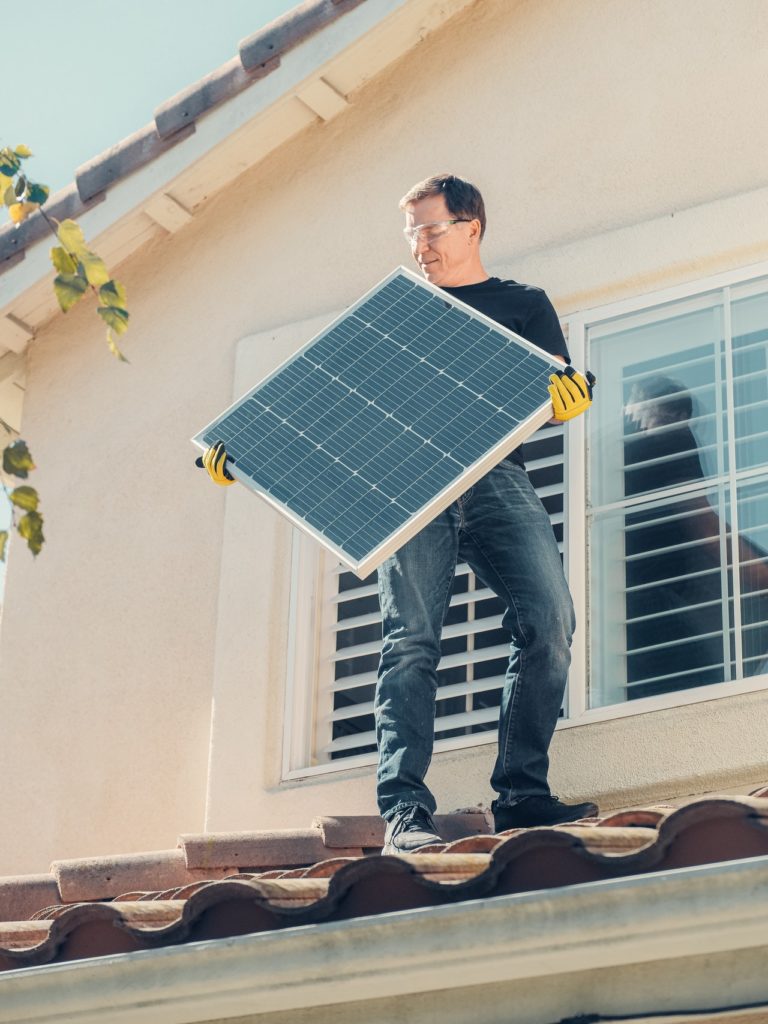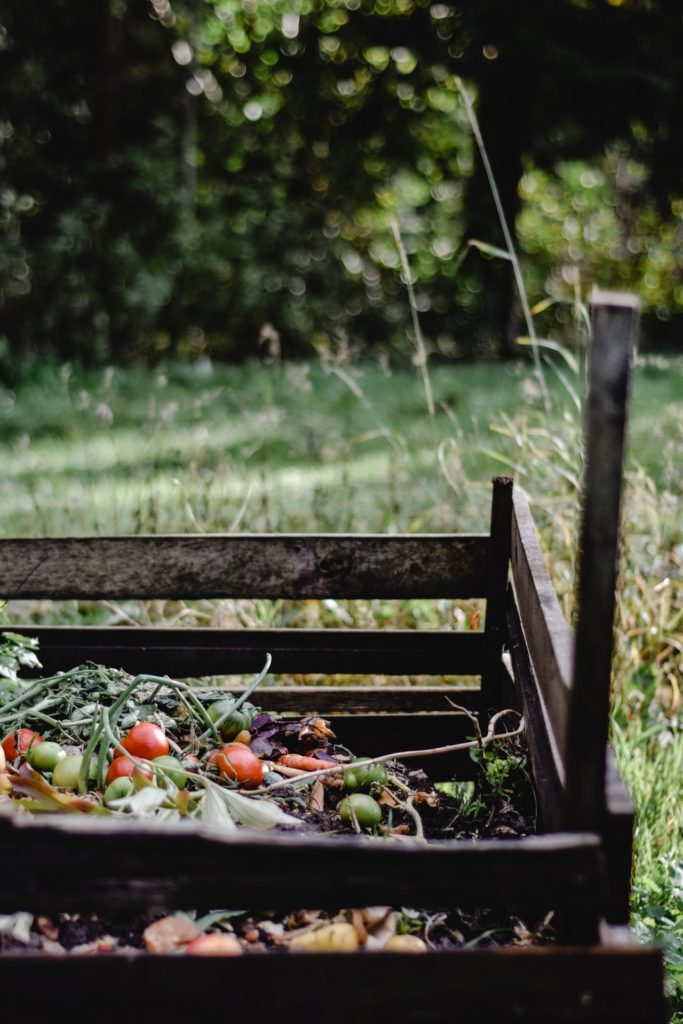
As housing costs go up and the attention of the world is focused on sustainability, you might have realized that you could become part of the solution by using eco-friendly materials on your homestead. There are a variety of benefits to making this choice, from cost savings to reduced carbon emissions and energy savings. Choosing the right eco-friendly materials is easier than you might think since these are not exotic items that you have to get from places far away.
Eco-friendly materials do not harm the environment and can be easily disposed of when they are no longer in use. The use of eco-friendly materials is becoming increasingly common even in mainstream construction processes, so it has never been easier to get access to these quality materials for your homestead.
If you are ready to learn some more about the eco-friendly materials that you need to use on your homestead, you need to keep reading!
5 Great Eco-Friendly Materials to Use on Your Homestead
1. Cobb is Eco-Friendly for Your Homestead
This is a product that has been in use to make homes for more than 10,000 years. Cob is a mixture of subsoil, fibrous organic material, and water. You can also include lime in the mix if you wish to change the color of the final product. Most people use a straw for the fiber component of their cob these days.
It is simple to build walls or an entire building from this material, and you will love that it is so energy efficient as well. Cob homes require very little energy to heat due to the natural insulation that is conferred by the material.

2. Sheep Wool is a Great Choice to Use in Your Environmental Friendly Home
It has become increasingly popular to use sheep’s wool as insulation or to make fiber products like sweaters and blankets. You will get amazing results from insulating buildings with wool since this natural fiber traps air so effectively. This is an easy-to-source material in most areas of the country and very simple to work with when you need to insulate or protect items.
Sheep wool is no longer as popular in the textile industry as it once was because of the way that the product can smell when it gets wet and the time that is needed to card it and create fabric from it. However, in raw form, it makes a great building material.
3. Use Reclaimed Wood For Your Eco-friendly Home
Reclaimed wood is not just a style choice these days. Reusing wood from buildings that have been torn down or installing doors and other wood items in your home that are already assembled can make a big difference in the sustainability of your homestead. Why throw out something that still works?
If you have wood leftover from another project, from the removal of an old structure, or from a remodel that you have done, make sure that you use as much of this wood product as possible in your building efforts. It costs a lot in energy and waste to create entirely new products made of wood, and you will be reducing your energy footprint by using reclaimed wood whenever possible.
4. Cork is Eco-Friendly and a Great Choice for Your Homestead
Cork is a great choice for flooring and wall framing, and it is highly renewable and eco-friendly. This is a material that is resistant to moisture, and cork harvesting has been shown to help fight global warming as well. Many people actually donate their corks from wine bottles to this effort, and you can easily make your own cork walls on your homestead if you wish.
This is also a product that is readily sourced if you want to be able to just add it to your homestead in prefabricated sheets of material. Cork is a great insulator and one that can deliver big results for sound deadening, style, and sustainability.

5. Recycled Steel is Great for Environmentally Friendly Home
Sometimes you will have to work with manufactured products that originally did require a fair amount of energy use to create. Recycled steel is your best option if you need to access a material that is this strong and durable without wanting to impact the environment negatively.
Steel is actually one of the most recycled products in the US, and choosing to buy recycled steel is a great way to encourage and support this necessary recycling effort. Steel that has been recycled is readily available nearly everywhere, and you will be doing your part to help the environment and sustainability by selecting this product over regular steel.
How Can I Make My Home More Eco-Friendly?

Making your home more eco-friendly involves the use of the materials listed above, but there are some other ways that you can give back to the earth on a daily basis while also maintaining your home.
Add Solar in Your Home To Make it More Eco-Friendly
You should consider adding solar panels to your home if you want to use renewable power for your daily needs and also sell power back to the grid when possible. Solar energy has become more affordable to access than ever, and you will find that installing solar panels can easily generate enough power to maintain your household each month.

Compost Can Help to Make Home Eco-Friendly
Composting is an easy way to reuse food and other organic wastes that might otherwise have to be sent to the dump. Compost can help you to grow beautiful flowers and maintain a garden as well, so the benefits are two-fold. Using a compost bin to store your compost is easy, and you will be so glad that all of these wastes can be used for something else rather than simply heading to the landfill.
Use LED Lighting in Your Homestead to Make it Eco-Friendly
While you are not likely to convert to candles for your lighting in your homestead, you can choose LED lighting to help cut down on power usage and to get access to lighting that will last far longer than incandescent bulbs. You will get as much as 50,000 hours out of most LED lighting, and the quality of the light is far superior to that offered by more traditional bulb styles.

Living in an Eco-Friendly Home is Easier Than you Might Have Thought
If you have been trying to figure out how to save the environment every day, you need to consider using these building materials in your homestead and following the tips and tricks that have been listed in this guide. It is easier than you might think to convert your home to an energy-sustaining homestead. Changing the way that you utilize energy is just one step in creating a sustainable lifestyle, and you can use this guide to take care of this important step toward eco-friendly living.